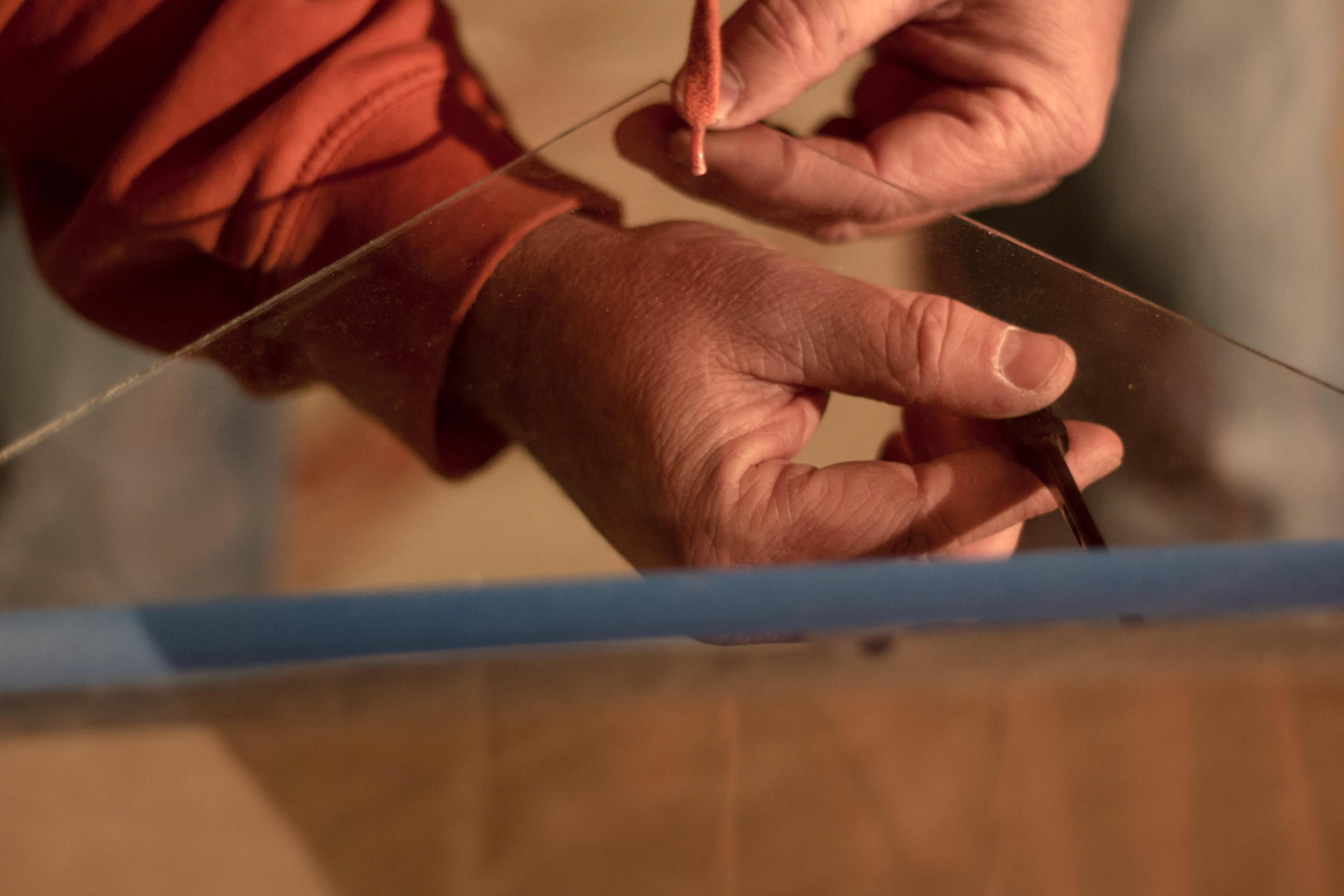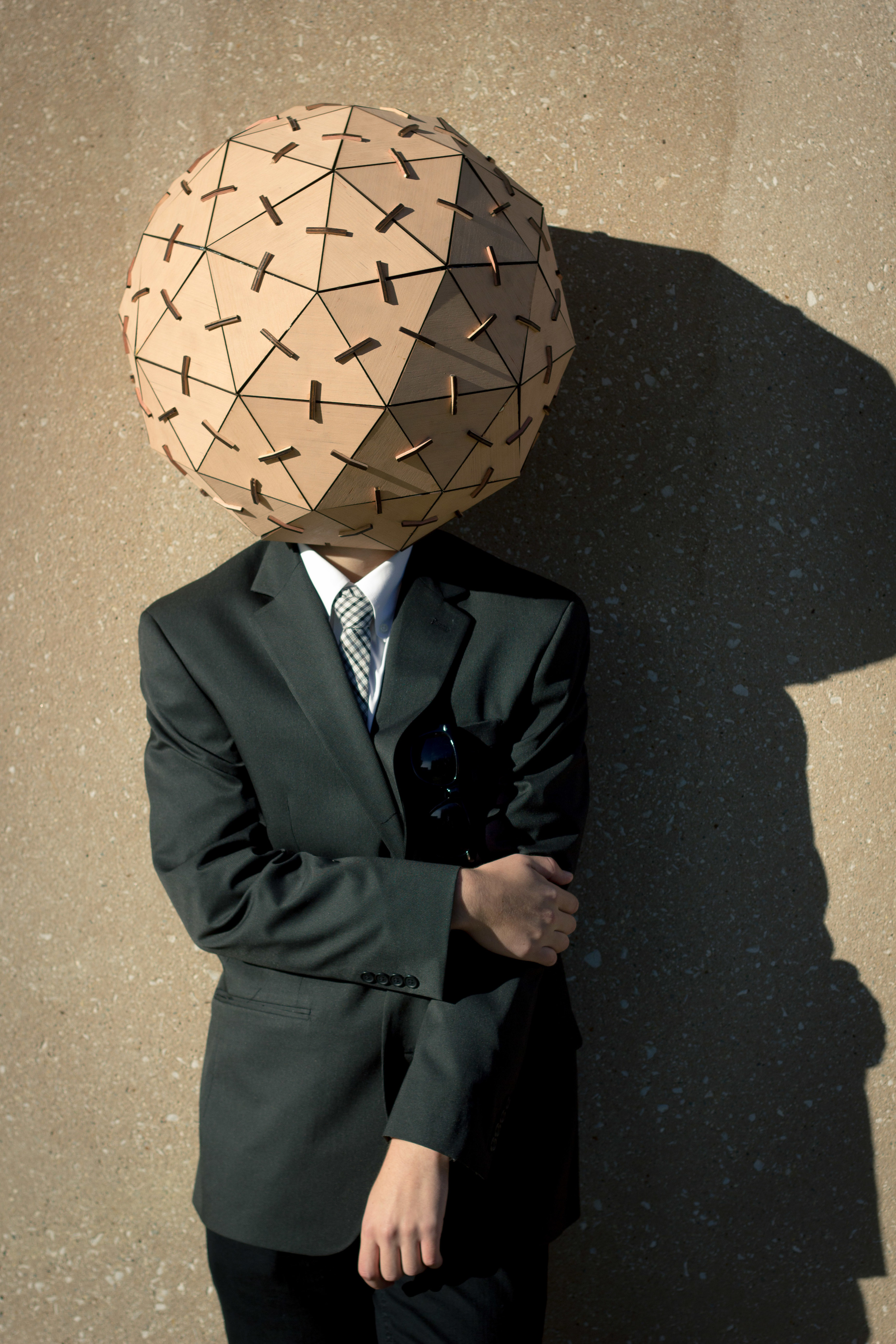Terrarium Stool
The Project
For this project, the main concept was to construct something with biophilic design in mind. The project was vague, based only off of some key concepts, an article we read addressing biophilic architecture, and Frank Lloyd Wright's Fallingwater house (pictured right).
Our assignment was to envision 5+ ideas then pick one. With that idea, we would model it in Maya and render a couple still images. Then fabricate the entire thing with either a laser cutter, 3D printer, or by any other means.
Idea
I had about eight ideas in the design stage. However, a lot of the ideas were based around home decor that would incorporate biology or plants. Many of my ideas would have had difficulty holding up in a gallery space. For that reason, I ended up landing on the idea of a terrarium stool.
My main concern for this project was to create a functional art piece that could be useful rather than being "art for art sake". For this piece, I had envisioned it being useful in an office space where biodesign is typically lacking. The idea was to create a terrarium that also doubled as a stool, seat, table, or art. By doing so, the piece incorporates biology into a working environment where it can be used to increase the moral, productivity, and health of the office. Although there is only one, ideally, there would be dozens incorporated into a space where their presence can improve the work environment.
Planning
For this project to come to life, there was an immense amount of planning to that took place.
Specifically for the stool, I made a dozen sketches trying to envision what it would actually look like. I finally came up with an idea that had concepts of fracturing, geometry, and natural resources. Originally the stool was very geometric in it's shape, but when it came time to actually fabricate it, my skill set and the time available would have made it infeasible to produce. As a result, I had to scratch my original idea and sketches to something that was more simple, but still held up some of the concepts I wanted to focus on. As a result, I came up with the cube design that appears in the final piece.
Building
Thanks to an extra hand in the wood shop, I was able to fabricate the stool within three days totaling about 15+ hours. The legs where all made from 2in x 2in pieces of pine with a quarter inch slot cut in them for the panes of glass. There are 5 panes of glass, two of which are plexi-glass (ones with angles cut into them). The top slats are made from 1in x 4in pine with added wood material underneath to keep the slats in place but allowing them to be removable. Under neither the bottom glass pane, there are two 1in x 4in lap jointed to create a supportive cross section to prevent breakage. The plant pots are scrap pieces of wood flooring, 1in x 4in.

































































